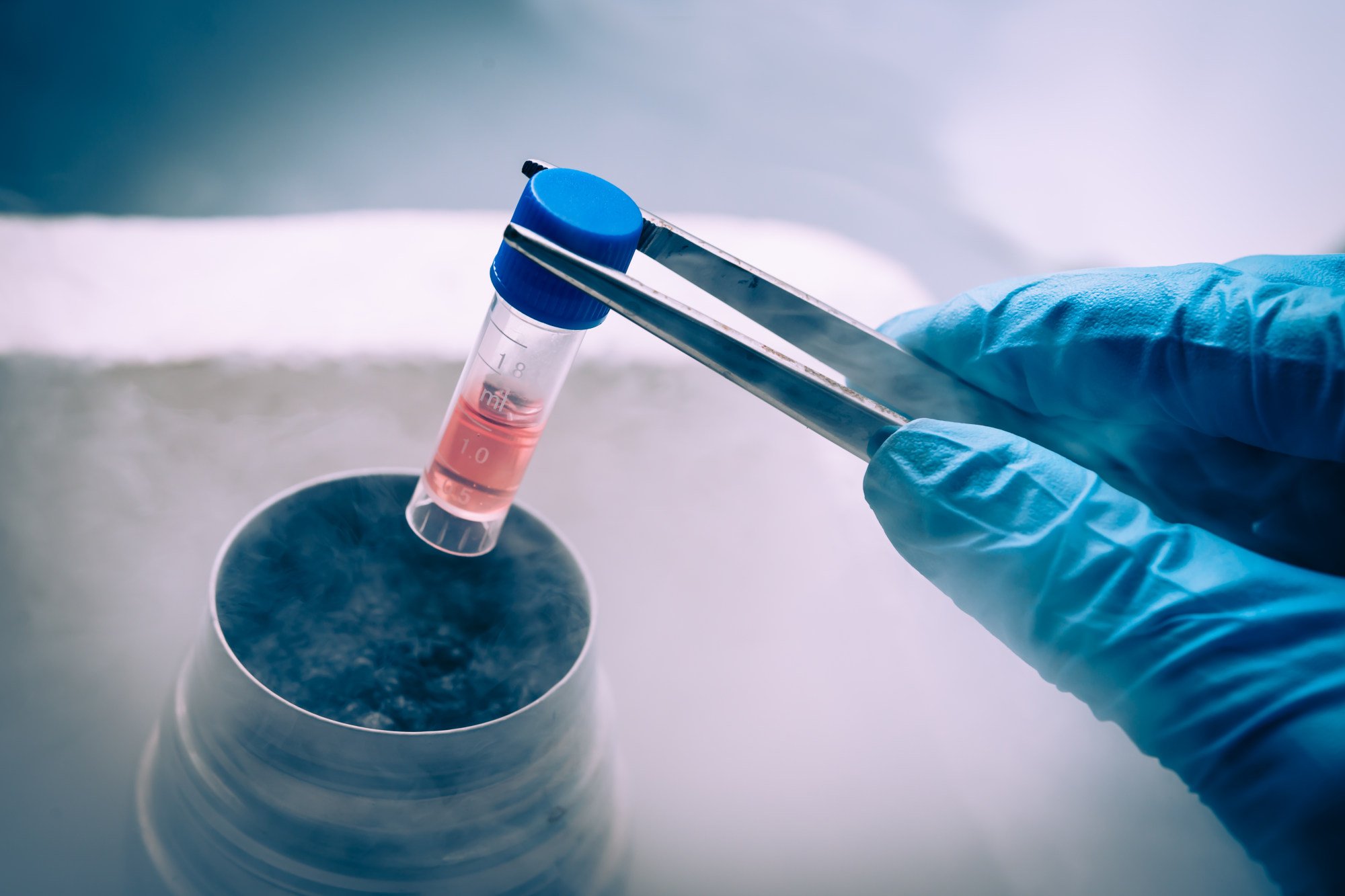
Chinese scientists’ stem cell experiment raises hopes for effective Parkinson’s disease treatment
- Monkeys suffering from the degenerative disease found their mobility greatly improved just weeks after receiving the first stem cell transplants
- If the treatment works on humans, researchers say the cells could be mass-produced to provide an affordable treatment for millions of sufferers worldwide
The animals, which could barely move in their cages, were able to stand up, grab food, and feed themselves just two or three weeks after receiving lab-made cells known as mesenchymal stem cells (MSCs) in their brain.
Their movement and mental state kept improving over the next five years, the team from Kunming University of Science and Technology reported in the research journal npj Parkinson’s Disease in December.
If proven effective on humans, the genetically engineered cells could be mass-produced and potentially provide an affordable, off-the-shelf treatment to millions around the world, they wrote.
Today, Parkinson’s is one of the most common degenerative brain diseases affecting at least one per cent of over-60s worldwide.
It often starts with the uncontrollable shaking of one hand, and develops into difficulties with walking and talking, dementia and other severe symptoms.
While the underlying cause remains unknown, it is triggered by the loss of nerve cells at the base of the brain, which produce a chemical called dopamine to coordinate the body’s movement.
Scientists take ‘important step’ in stem cell therapy to treat Parkinson’s
Scientists have developed drugs such as Levodopa to help the brain generate dopamine-producing nerve cells. “However, less than one per cent of the dose can reach the brain, making oral drugs only effective at an early stage of the disease,” said Li Tianqing, lead author of the study.
Meanwhile, there have been extensive studies into using stem cells to treat Parkinson’s disease, for example by using them to create healthy nerve cells to replace damaged ones.
“Stem cell therapies can reduce medication needs, but so far only a small part of the nerve cells can survive after transplantation, and it takes six months or more for the therapeutic effects to show,” Li said.
As a result his team has been working to develop genetically engineered stem cells “whose job is to synthesise and release dopamine in the right place in the brain”.
Compared with nerve cells, these cells can survive more easily, Li said. They chose to use MSCs because such adult stem cells are relatively safer, readily available, and can avoid a negative response from the immune system.
In their study, the researchers first isolated MSCs from human umbilical cords, before introducing three genes key to the synthesis of dopamine.
After successfully testing the technology on rats, Li’s team moved onto monkeys, in which Parkinson’s had been induced, in 2017.
Some of the primates had been suffering from the disease for over a year and could barely move or eat on their own.
To the team’s big surprise, just weeks after the injection, three monkeys started crawling and could easily pick up food from a turning plate.
One monkey, which had been unable to even stand up, climbed to the top of the cage using its hands five weeks after receiving the stem cell transplant.
The genetically engineered MSCs were given to a total of nine monkeys, Li said, and most of them recovered a good part of their movement, appetite, and weight by last year. Their cognitive and emotional impairments also improved.
In comparison, the condition of three sick monkeys in the control group that did not receive the cell treatment worsened.
“This work was highly interesting and successful as an exploratory proof-of-concept study,” said Thomas Wichmann, who directs the Morris K Udall Centre of Excellence for Parkinson’s Disease Research at Emory University in the United States.
Gene editing breakthrough in mice offers Parkinson’s hope
“The behavioural results of these studies are impressive, suggesting that the approach used by the authors may have a chance to become a clinically useful therapy.
“The speed with which therapeutic responses were seen is also of significant interest. The authors found improvements within a fraction of the time as is usually seen in neural transplantation studies.”
While such a general effect is predictable based on decades of research, “it was definitely surprising to see how large the observed effects were and how rapidly they developed,” Wichmann said.
The researchers used unusual techniques to induce relatively severe Parkinson’s disease in the monkeys, which is a major asset “because it shows the potential of the new treatment method … in cases of advanced parkinsonism,” he said.

Li said his team had received lots of patient inquiries since the paper was published. However, they plan to spend at least two more years conducting safety experiments before possible clinical trials.
“We can feel the high expectations, but we must first better understand some basic questions, such as how many cells to inject and where exactly to inject them in the human brain,” Li said.
There are many hurdles to overcome before such research can be used in humans, Wichmann said. For one thing, their work needs to be repeated in larger, more controlled trials in primates and replicated by other laboratories.
How playing table tennis can help fight Parkinson’s disease
Future work should also evaluate the effects of other therapies, such as conventional antiparkinsonian therapies, to be used alongside the MSCs.
“It remains important to be very vigilant and carefully study potential adverse outcomes of the new technique,” he said.

